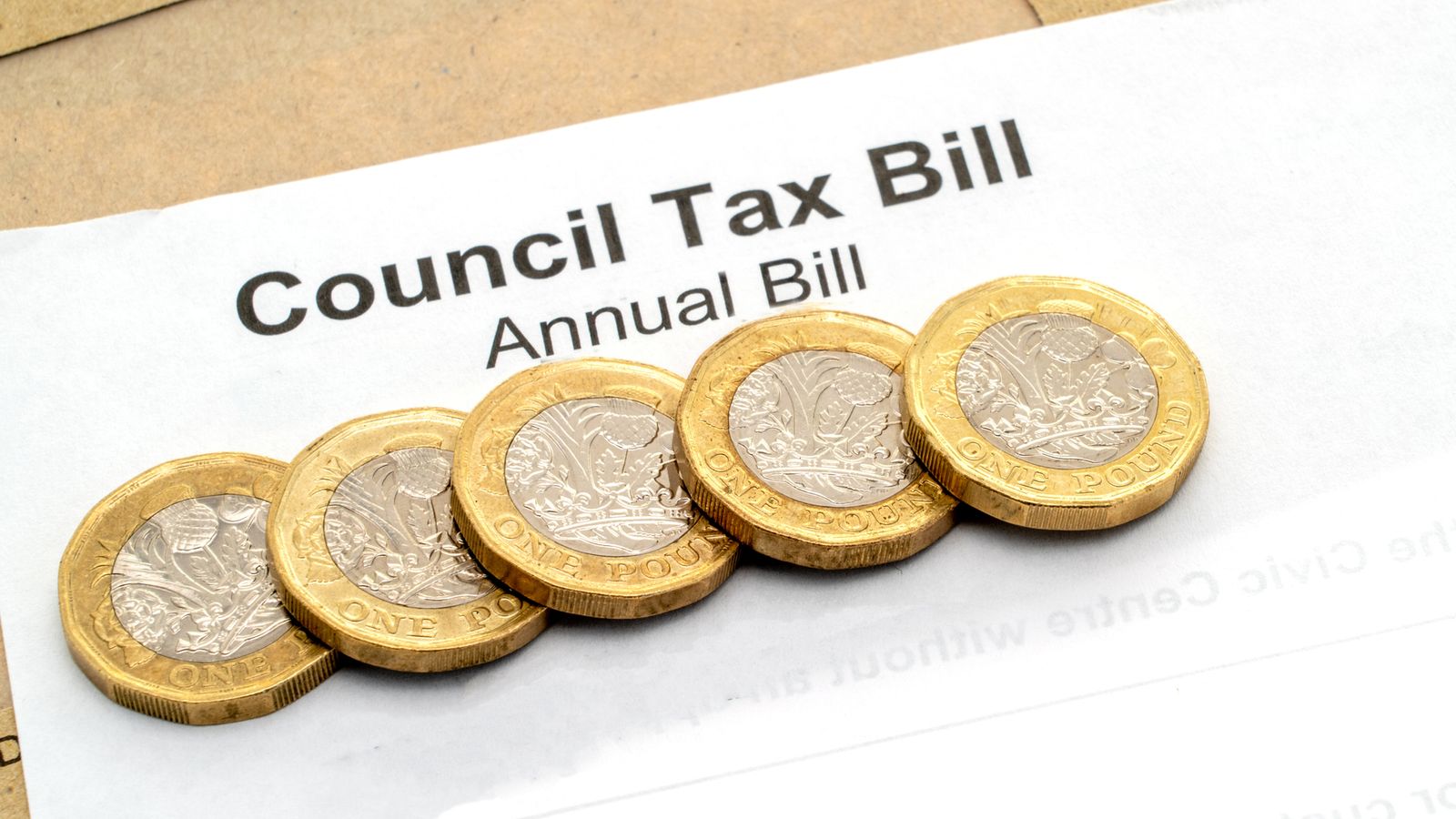U.K News
Most areas set to increase council tax by at least 4.99% from April

Council Tax Increases: What You Need to Know
Local councils across England are gearing up to increase council tax by the maximum allowed amount of 4.99% starting from April. According to recent government data, 85% of the 139 top-tier authorities in England that have either proposed or confirmed their tax plans are opting for this maximum increase. This rise is part of a broader effort by councils to manage growing financial pressures, particularly in areas like social care, education, and housing. The decision to raise council tax is not taken lightly, as it directly impacts household budgets. However, with costs escalating and essential services requiring more funding, many councils feel they have no choice but to increase taxes.
The Rule on Referendums and Exceptions
Under normal circumstances, if a council wants to raise council tax by 5% or more, it must hold a local referendum to gain public approval. This rule is in place to ensure that significant tax increases are democratic and reflect the will of the people. However, this year, six councils in severe financial distress have been granted special permission to exceed the 4.99% threshold without holding a referendum. These councils, including Birmingham, Bradford, and Newham, are facing extreme budgetary challenges and argue that the extra revenue is essential to maintain critical services. When these exceptions are factored in, nearly 90% of councils are now planning to increase council tax by more than 4.99%.
Financial Pressures on Local Authorities
The primary driver behind these council tax increases is the rising cost of providing essential services. Social care, education, and housing are legally mandated responsibilities for councils, and the demand for these services is growing. At the same time, councils are grappling with reduced central government funding and inflationary pressures. Senior councillors have proposed the tax rises, and it is unlikely that these proposals will be rejected when full council meetings take place to finalize budgets by the end of February or March. With no other obvious sources of funding, council tax increases seem inevitable for most authorities.
Councils Taking Different Approaches
While the majority of councils are increasing council tax by 4.99% or more, a small number are taking a more cautious approach. For example, Barnet in north London and Warrington in Cheshire are planning increases of 4.98%, just below the maximum threshold. Wandsworth in south London is taking an even more restrained approach, with a planned increase of just 2%. However, these exceptions are rare. Only 15 councils are planning increases below 4.99%, and a mere seven councils have opted for rises of 4% or less. These include Kensington and Chelsea (4%), Doncaster (3.99%), and Wandsworth (2%). Despite these variations, the overall trend is clear: council tax is going up for most households.
The Impact on Households
The resolution Foundation, a think tank, has highlighted the disproportionate impact of council tax on lower-income households. In 2020-21, the poorest fifth of households in the UK spent 4.8% of their income on council tax, up from 2.9% in 2002-3. This compares to just 1.5% for the richest fifth of households. This disparity underscores the regressive nature of council tax, where those with fewer resources bear a larger burden relative to their income. As councils continue to increase taxes to fund essential services, the financial strain on low-income families is likely to intensify.
The Broader Implications
The widespread increases in council tax reflect deeper challenges in the funding of local government in England. With central government funding shrinking over the past decade, councils have increasingly relied on council tax and other local revenue sources to fill the gap. While the six councils granted exceptions to raise taxes beyond 4.99% are in extreme financial difficulty, many others are also struggling to balance their budgets. The decision to raise council tax is not just about numbers; it is about ensuring that vital public services can continue to function. As the financial pressures on councils show no signs of easing, the debate over how to fund local government is likely to continue. For now, households across England should prepare for higher council tax bills, with the hope that the additional revenue will be used effectively to support the services that communities rely on.


















